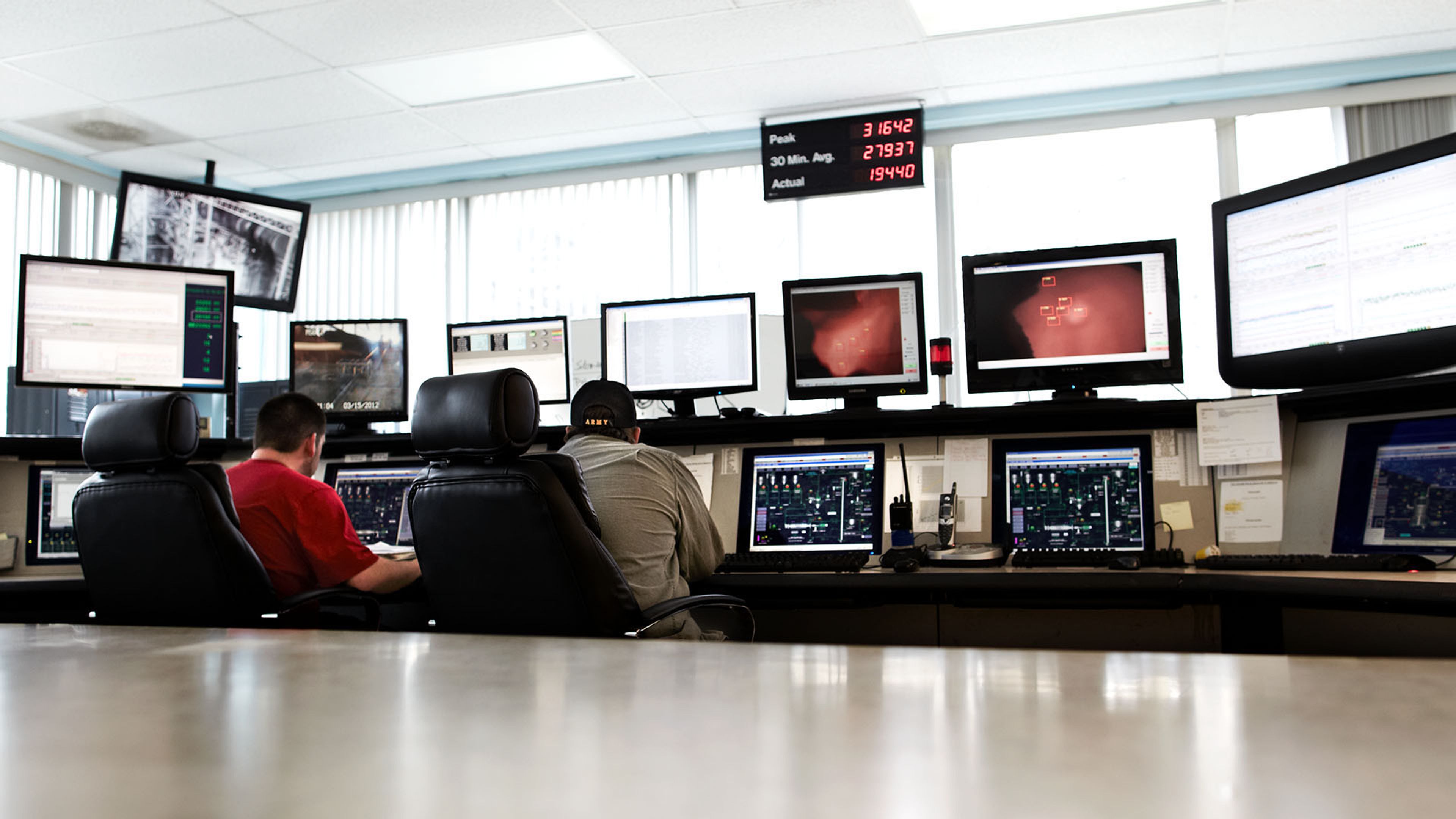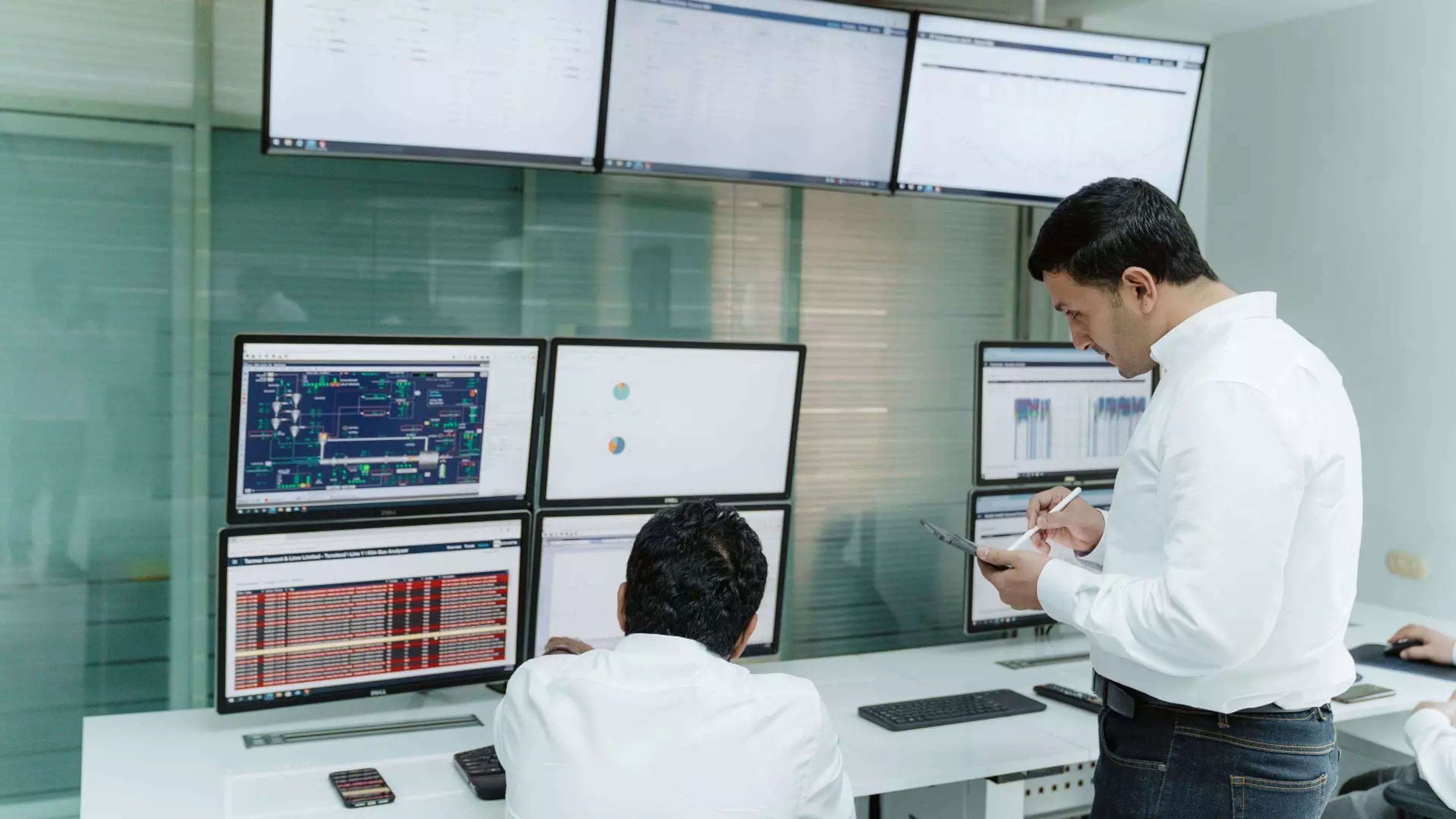article
Autonomy, AI and the cement plant of the future
Once a feature confined to the realms of science fiction, autonomous cars are now firmly on the research agenda of automotive and technology companies. But what of autonomous cement plants? By Joju Jacob, Digital Business, FLSmidth Cement
From Herbie, the charming VW Beetle in Disney’s The Love Bug, to KITT, David Hasselhoff’s well-equipped automotive sidekick in Knight Rider, or the sinister Christine, a posessed 1953 Plymouth Fury in Stephen King’s book of the same name, the idea of autonomous cars has been around for decades. For most of that time, however, it has been an idea firmly limited to the realm of fiction. But this is changing with one research company forecasting sales of autonomous and semi-autonomous vehicles of 8 million by 2025.¹
Of course, this begs the question: what exactly is an autonomous car? SAE International (formerly the Society of Automotive Engineers) provides a six-level taxonomy of driving automation of which Levels 3-5 represent the car’s increasing ability to drive without manual assistance.² At the top level (5), vehicles do not require human attention and may not have steering wheels or pedals. In effect, they are able to do anything that an experienced human driver can.
So far, so interesting. But what has this got to do with cement plants? Well, the same fundamental requirements for autonomous cars are also present in any autonomous solution, including in the development of autonomous cement plants:
• You start with your goals – that could be the destination when driving or targets for kiln production at a cement plant.
• You use sensors to collect data about the operating environment – that could be the conditions on the road or inside the kiln.
• You interpret that data using artificial intelligence (AI) and machine learning.
• You control the system to best achieve the goals – that could be by steering the car along the quickest route or by using advanced process control (APC) systems, such as the FLSmidth Cement's ECS/Process Control (PXP) platform, to maintain stable kiln operating conditions or optimise the fuel consumption.
Artificial intelligence (AI): the key to autonomy
At the heart of autonomy is AI. This enables machines to interpret data received about their environment and respond in a way that achieves its goals. AI is not new – it has been around in the industry for decades – but tools has become more easily accessibility to process engineers and is at the centre of the development of autonomy.
Traditionally, AI has focused on a ‘symbolic’ – that is human readable – representation of problems, logic and search, e.g., rules-based engines, fuzzy logic and inference rules. A key advantage is that symbolic AI’s reasoning can be easily understood by human operators. The disadvantage is that the rules and data it uses all have to be hand coded.
In contrast, non-symbolic AI, such as machine learning and deep learning, takes raw data and creates its own understanding of a process by finding patters in that data. It then uses that understanding to solve problems. This form of machine learning is hungry for data and its reasoning can be too complex or abstract to be understood by human operators. But it brings a level of dynamic adaptiveness to plant control that is critical in the non-linear and time-varying processes found at a cement plant.
For example, the increasing use of alternative fuels in the cement kiln, at as high a rate as possible, poses a challenge for process stabilisation and optimisation – for both human operators and expert systems. Non-symbolic AI technologies are able to continuously adapt to such changing conditions, however, because they are able to identify the optimal operating parameters and targets from the raw data.
In effect, it can find the most efficient route from A to B not just by identifying it on a map but by taking into account the many and various obstacles that a driver will encounter as soon as they leave their garage.

The advantages of autonomy
The benefits of autonomy are therefore seen in the ability or plant’s to optimise performance – much more finely than under human or previous iterations of machine control. But they will also impact far beyond the cement plant with key improvements to the environmental and social sustainability of the industry.
For example, through greater insight and control of the process, autonomous cement plants powered by the latest AI technologies will achieve lower consumption of energy and fuels and higher substitution rates of alternative fuels. This will reduce the amount of CO2 produced in the manufacturing of cement and is entirely in line with the FLSmidth Cement MissionZero ambitions to significantly reduce emisisons across the cement industy by 2030.
Autonomous cement plants will also require little human interaction with plant operations and maintenance, removing safety risks. Indeed, in the vision of researchers who adapted the SAE taxonomy of automation to process industries, at Level 5 autonomous industrial plants “no humans remain in the plant”.³
About Joju Jacob?
With more than 21 years of experience within automation, expert systems, product management and leadership positions Joju Jacob is currently leading the sales enablement team globally for digital business. Joju believes digitalisation combined with process knowledge and a co-creation approach is a key element for success in FLSmidth Cement's MissionZero initiative – an ambitious plan to enable customers to run zero emission cement plant in 2030.
References
1. ‘ABI Research Forecasts 8 Million Vehicles to Ship with SAE Level 3,4 and 5 Autonomous Technology in 2025’, ABI Research (17 April 2018): https://www.abiresearch.com/press/abi-research-forecasts-8-million-vehicles-ship-sae-level-3-4-and-5-autonomous-technology-2025/
2. SAE J3016™: Taxonomy and Definitions for Terms Related to On-Road Motor Vehicle Automated Driving Systems: https://www.sae.org/standards/content/j3016_201806/
3. Gamer, T., Hoernicke, M., Kloepper, B., Bauer, R., and Isaksson, A., “The Autonomous Industrial Plant – Future of Process Engineering, Operations and Maintenance” Journal of Process Control vol. 88, pp. 101-110.
4. Adams, E., “Why we’re still years away from having self-driving cars” Vox (25 Septemner 2020): https://www.vox.com/recode/2020/9/25/21456421/why-self-driving-cars-autonomous-still-years-away




.png?w=1080&q=80&auto=format)

